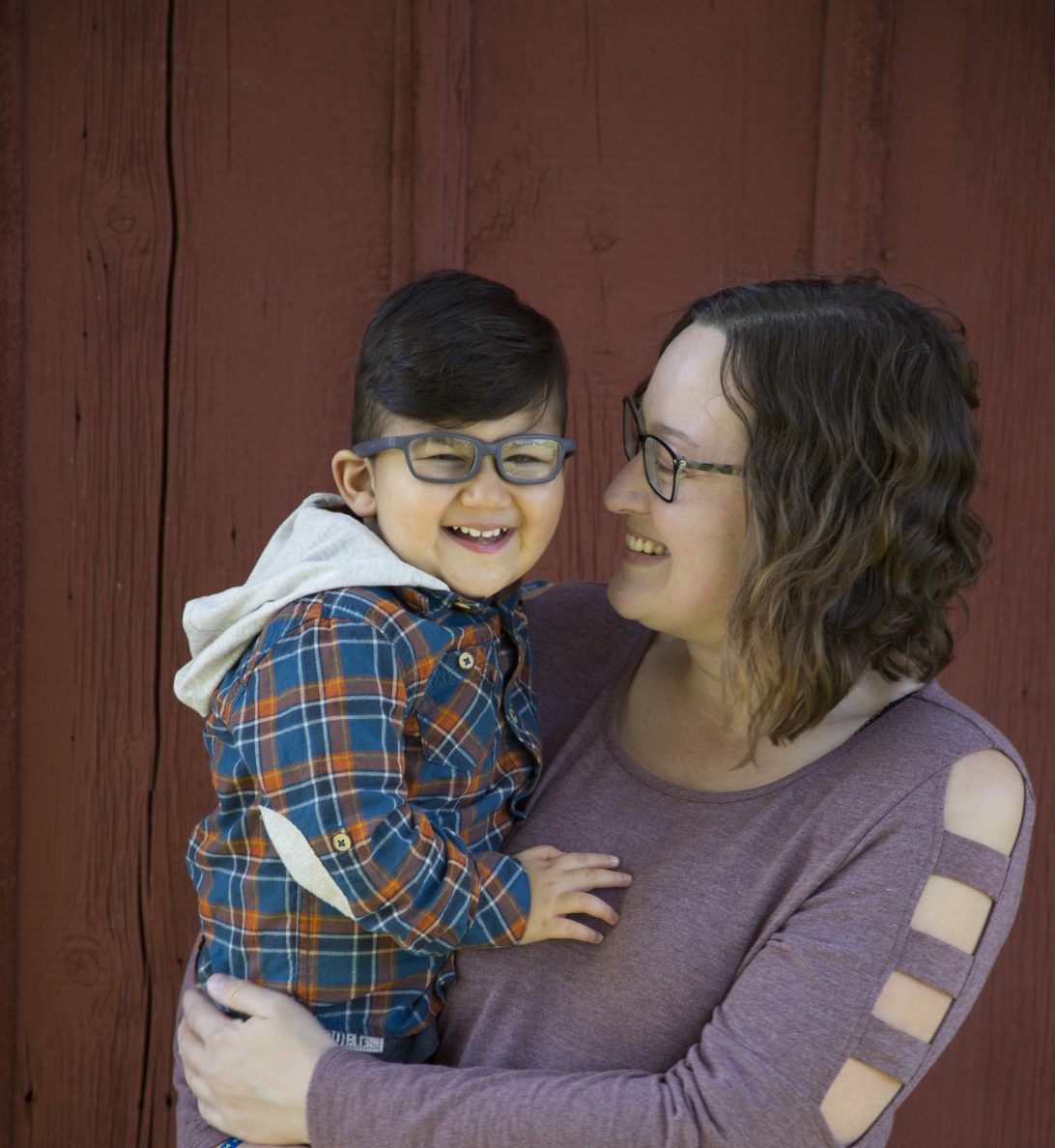Sometimes, I grieve the motherhood I will never get to experience.
While waiting to pick Kiran up from school today, the preschoolers were coming out to their parents. One was particularly enthusiastic about seeing their mom, joyously shouting “MOM!” and running into her arms.
Without warning, tears welled up in my eyes.
But, there was also a smile.
I may never get to experience that particular expression of love from Kiran. And I have to feel those feelings, because they are valid. The motherhood I always envisioned was one in which my child would make a beeline for their mama’s arms while excitedly screaming my most beloved title: “MOM!”
Kiran was wheeled out the door by one of his associates, and he was smiling. We walked to the van where he waited, content (more so than me), for the chaos of after school pickup (and the vehicle parked behind us) to disperse. He came home, exhausted from his day, and wanted to snuggle. And so we did. And we read books. And we had dinner, and he used his communication device to say a few things which seemed really intentional (and we always treat them as if they are even if). And then (after all the other cleaning up and after dinner happenings), I did something I have been doing lately, the last two Mondays actually: I turned on his music and his stars and climbed into bed with him to snuggle and talk and watch his stars.
I could have never imagined this motherhood. I had never really seen instances of it, so how could this have been the dream I had for my life?
And it’s hard…but it’s Wonderful.
